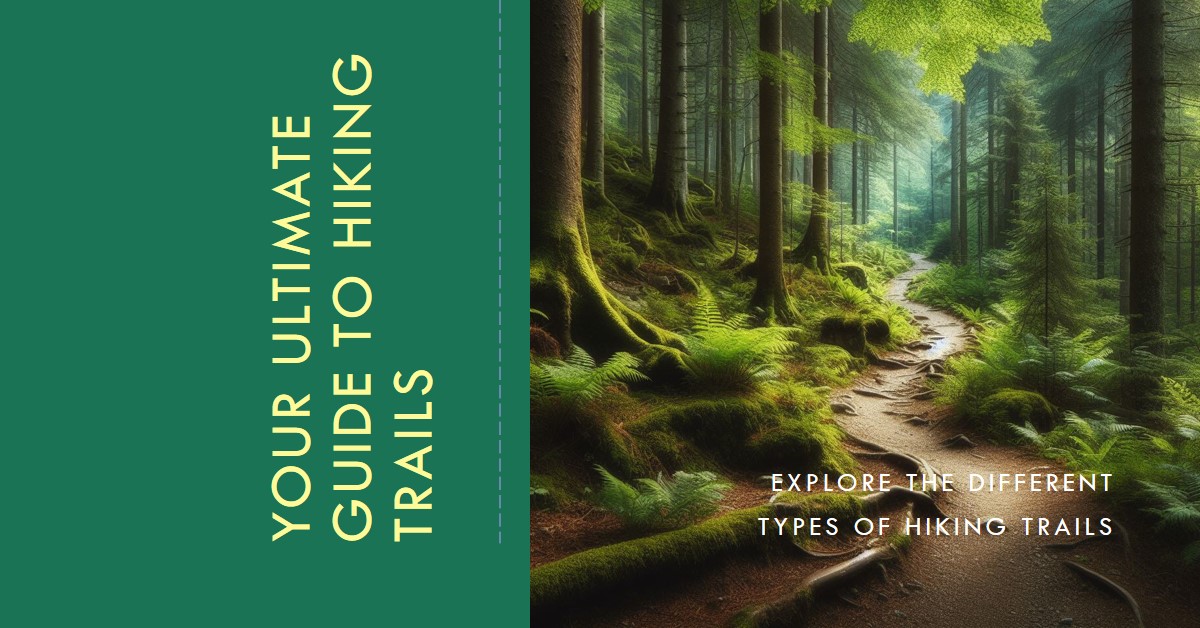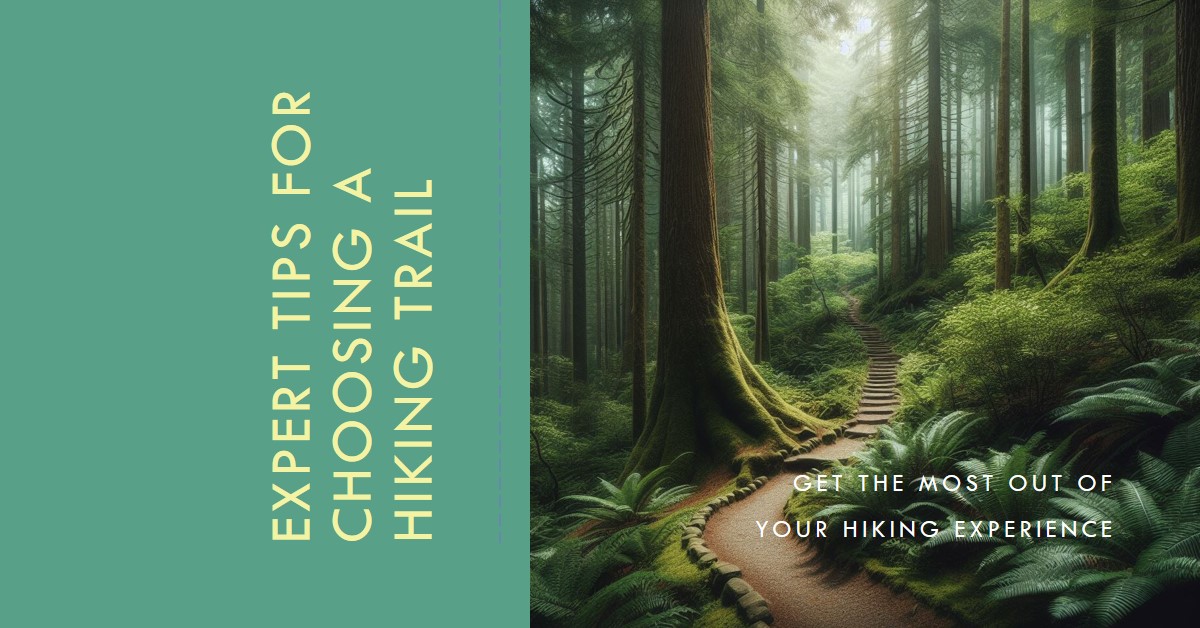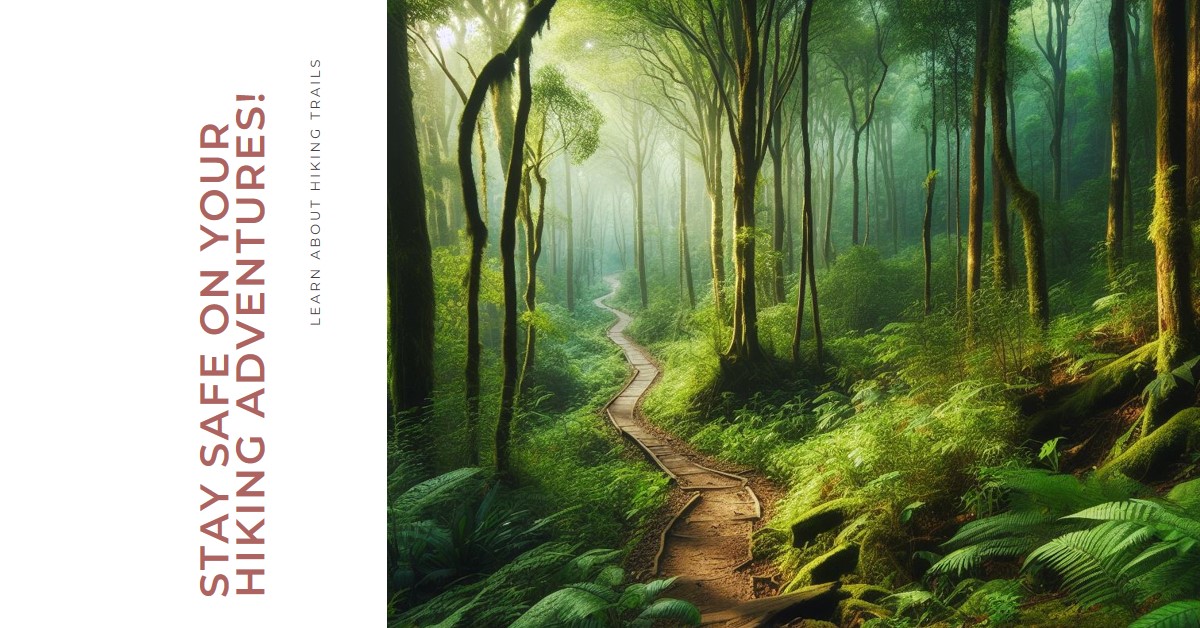Decoding the Durability of Hiking Boots: 5 Insider Secrets to Boost Longevity
Generally, with mindful care and usage habits, your hiking boots can weather 500 to 1000 miles or provide reliable service for 3 to 5 years. Essential for every outdoor journey, hiking boots deliver crucial protection, support, and stability over rugged terrains.
Curious about the lifespan of these faithful allies? The shelf life of hiking boots is influenced by several factors, such as how frequently and intensively you use them, the kinds of terrain they traverse, and the degree of care they receive.
Typically, hiking boots can power through 500 to 1000 miles or sustain a useful life of 3 to 5 years. Yet, these estimations can fluctuate greatly and might diminish for those who participate in more strenuous activities or neglect to maintain their boots. For devoted hikers or outdoor lovers, it’s vital to monitor the signs of wear and tear and keep your boots in peak condition for optimal performance and lasting durability.
Understanding Factors that Impact Hiking Boots’ Lifespan
The longevity of hiking boots is influenced by factors such as proper fit and size, the quality of materials and construction, usage frequency and intensity, and importantly, regular maintenance and care.
When considering fit and size, it’s essential to find boots that fit your feet perfectly, ensuring comfort and averting potential foot issues. Investing in boots that use high-quality materials and robust construction enhances the lifespan as they can endure tough terrains and varying weather conditions. However, intensive and frequent use can expedite wear and tear. Regular cleaning, drying, and conditioning are critical for maintaining the boots’ performance and preventing material damage. By considering these aspects and providing your hiking boots with the care they need, they can serve you longer, enabling you to embark on numerous outdoor adventures without sacrificing comfort or safety.
Identifying Signs That Your Hiking Boots Need a Replacement
Common Signs Indicating a Need for Hiking Boot Replacement:
A primary warning sign that your hiking boots may need a replacement is considerable sole wear and tread loss. You need to closely inspect the condition of the sole, as extensive wear and tread loss can compromise the boot’s grip and traction. If there’s visible damage or wear on the upper part, like tears or holes, it’s typically a strong indicator that your hiking boots have exceeded their useful life.
An additional sign to watch out for is uneven support or cushioning. As the boots age, the midsole may become compressed or worn out, leading to a decrease in stability and cushioning. If you start confronting consistent discomfort or pain during hikes, it’s a substantial signal that your boots may not be providing the necessary support and should be replaced.
- Significant sole wear and tread loss are noticeable
- Visible damage or wear on the upper
- You observe uneven support or cushioning
- Consistent discomfort or pain during hikes
Essential Tips to Prolong The Lifespan Of Hiking Boots
Hiking boots form an integral part of any outdoor enthusiast’s kit. To enhance their lifespan, here are a few insider tips you can adopt. Foremost, always clean and dry your boots after every use. This helps avert the accumulation of dirt and moisture, which can inflict damage over time. Next, apply a waterproofing spray for protection against moisture from rain, puddles, and damp terrains. This extends the boots’ service life while ensuring your feet stay dry. Rotating your boots for even wear is also a solid practice, as it prevents disproportionate wear and tear in a specific area. Additionally, it’s a good idea to invest in top-quality insoles for added comfort and support. Finally, perform regular inspections and promptly mend minor damages such as loose stitches or worn-out soles. By following these proactive measures, you can maximize the lifespan of your hiking boots and ensure they keep you company on many more adventures.
Examining the lifespan of hiking boots uncovers a captivating tale of wild treks and stunning vistas. But more pragmatically, it’s the tale of well-crafted footwear traversing a remarkable 500 to 1,000 miles or joyously supporting your adventurous pursuits for an impressive 3 to 5 years. Yet, this doesn’t just happen. The secret formula behind it includes regular maintenance, appropriate storages, and a little love!
Table of Contents
The Life Cycle of Your Hiking Boots
Wondering about the longevity of your hiking boots? Typically, a well cared pair of these trail conquerors can last anywhere between 500 to 1,000 miles. Now, these numbers can seem abstract without context. Let’s bring some reality into it- this means that your hiking boots may comfortably serve you for 3 to 5 years, given they are treated right!
Several factors can influence this lifespan: the terrain they are subjected to, how frequently they are used, the quality of maintenance, and, of course, the quality of manufacturing. Clearly, your beloved boots require a proper inspection for signs of wear and tear, and more importantly, a replacement when the tread becomes flat or they begin to lose their supportive and cushioning charms.
The Resole Possibility
Did you know that hiking boots can reclaim a new life through resoling? Quite true! If the upper part of your boot is in good shape, resoling them brings a resounding yes. The process involves removing the worn-out sole and replacing it with a new one, thus neatly extending the boot’s life. However, ensuring a job well done requires consulting with a professional cobbler to determine if your boots are suitable for resoling.
A Primer on Correct Boot Storage
To keep your hiking boots in the best possible condition, it’s essential to store them correctly. To do so, start by cleaning them thoroughly, removing the laces, and allowing them to air dry in a well-ventilated area away from direct heat sources. You may also stuff the boots with newspapers or use shoe trees to help maintain their shape.
Once dry, store them in a cool and dry place, ideally in a breathable bag or box to protect them from dust and pests. While plastic bags might seem like a good idea, they should be avoided. Plastic bags trap moisture, which can lead to mold growth and damage your boots.
Wrapping Up the Boot’s Journey
The lifespan of hiking boots isn’t a fixed concept, but it oscillates based on several factors, such as their usage frequency, the care they receive, and their inherent quality. Regular cleaning and proper storage can significantly extend their durability. But remember to keep a vigilant eye for signs of wear and tear, like worn-out soles or broken stitches.
By doting on your hiking boots with regular maintenance, you can rest assured they will accompany you on many more memorable adventures on the trails. So, gear up, pick those boots and tread on to your next outdoor exploration!
Hiking Boots Longevity: Revealing 5 Secrets for Durable Footwear
Examining the lifespan of hiking boots uncovers a captivating tale of wild treks and stunning vistas. But more pragmatically, it’s the tale of well-crafted footwear traversing a remarkable 500 to 1,000 miles or joyously supporting your adventurous pursuits for an impressive 3 to 5 years. Yet, this doesn’t just happen. The secret formula behind it includes regular maintenance, appropriate storages, and a little love!
The Life Cycle of Your Hiking Boots
Wondering about the longevity of your hiking boots? Typically, a well cared pair of these trail conquerors can last anywhere between 500 to 1,000 miles. Now, these numbers can seem abstract without context. Let’s bring some reality into it- this means that your hiking boots may comfortably serve you for 3 to 5 years, given they are treated right!
Several factors can influence this lifespan: the terrain they are subjected to, how frequently they are used, the quality of maintenance, and, of course, the quality of manufacturing. Clearly, your beloved boots require a proper inspection for signs of wear and tear, and more importantly, a replacement when the tread becomes flat or they begin to lose their supportive and cushioning charms.
The Resole Possibility
Did you know that hiking boots can reclaim a new life through resoling? Quite true! If the upper part of your boot is in good shape, resoling them brings a resounding yes. The process involves removing the worn-out sole and replacing it with a new one, thus neatly extending the boot’s life. However, ensuring a job well done requires consulting with a professional cobbler to determine if your boots are suitable for resoling.
A Primer on Correct Boot Storage
To keep your hiking boots in the best possible condition, it’s essential to store them correctly. To do so, start by cleaning them thoroughly, removing the laces, and allowing them to air dry in a well-ventilated area away from direct heat sources. You may also stuff the boots with newspapers or use shoe trees to help maintain their shape.
Once dry, store them in a cool and dry place, ideally in a breathable bag or box to protect them from dust and pests. While plastic bags might seem like a good idea, they should be avoided. Plastic bags trap moisture, which can lead to mold growth and damage your boots.
Wrapping Up the Boot’s Journey
The lifespan of hiking boots isn’t a fixed concept, but it oscillates based on several factors, such as their usage frequency, the care they receive, and their inherent quality. Regular cleaning and proper storage can significantly extend their durability. But remember to keep a vigilant eye for signs of wear and tear, like worn-out soles or broken stitches.
By doting on your hiking boots with regular maintenance, you can rest assured they will accompany you on many more memorable adventures on the trails. So, gear up, pick those boots and tread on to your next outdoor exploration!
Hiking Boots Longevity: Revealing 5 Secrets for Durable Footwear
Examining the lifespan of hiking boots uncovers a captivating tale of wild treks and stunning vistas. But more pragmatically, it’s the tale of well-crafted footwear traversing a remarkable 500 to 1,000 miles or joyously supporting your adventurous pursuits for an impressive 3 to 5 years. Yet, this doesn’t just happen. The secret formula behind it includes regular maintenance, appropriate storages, and a little love!
The Life Cycle of Your Hiking Boots
Wondering about the longevity of your hiking boots? Typically, a well cared pair of these trail conquerors can last anywhere between 500 to 1,000 miles. Now, these numbers can seem abstract without context. Let’s bring some reality into it- this means that your hiking boots may comfortably serve you for 3 to 5 years, given they are treated right!
Several factors can influence this lifespan: the terrain they are subjected to, how frequently they are used, the quality of maintenance, and, of course, the quality of manufacturing. Clearly, your beloved boots require a proper inspection for signs of wear and tear, and more importantly, a replacement when the tread becomes flat or they begin to lose their supportive and cushioning charms.
The Resole Possibility
Did you know that hiking boots can reclaim a new life through resoling? Quite true! If the upper part of your boot is in good shape, resoling them brings a resounding yes. The process involves removing the worn-out sole and replacing it with a new one, thus neatly extending the boot’s life. However, ensuring a job well done requires consulting with a professional cobbler to determine if your boots are suitable for resoling.
A Primer on Correct Boot Storage
To keep your hiking boots in the best possible condition, it’s essential to store them correctly. To do so, start by cleaning them thoroughly, removing the laces, and allowing them to air dry in a well-ventilated area away from direct heat sources. You may also stuff the boots with newspapers or use shoe trees to help maintain their shape.
Once dry, store them in a cool and dry place, ideally in a breathable bag or box to protect them from dust and pests. While plastic bags might seem like a good idea, they should be avoided. Plastic bags trap moisture, which can lead to mold growth and damage your boots.
Wrapping Up the Boot’s Journey
The lifespan of hiking boots isn’t a fixed concept, but it oscillates based on several factors, such as their usage frequency, the care they receive, and their inherent quality. Regular cleaning and proper storage can significantly extend their durability. But remember to keep a vigilant eye for signs of wear and tear, like worn-out soles or broken stitches.
By doting on your hiking boots with regular maintenance, you can rest assured they will accompany you on many more memorable adventures on the trails. So, gear up, pick those boots and tread on to your next outdoor exploration!














